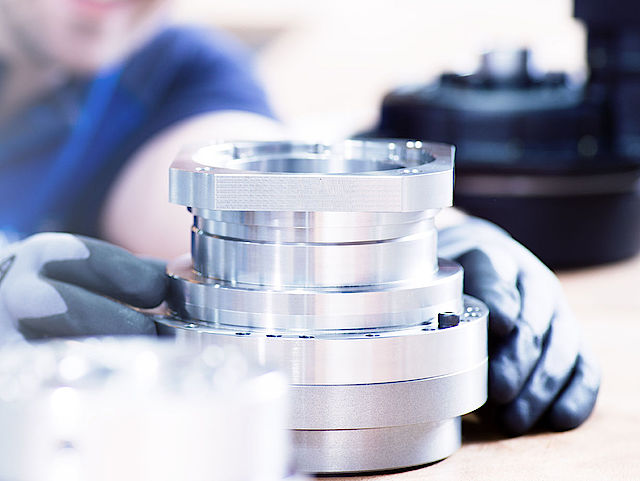



Read more of the latest news from Nabtesco. Discover our company news, specialist articles, press releases and LinkedIn Posts.

High-precision applications require precision gears. That much is clear. The lack of clarity starts when one attempts to define what precision gears are. Depending on whom one asks, the answer will vary. The situation is made more complicated due to inconsistencies in the use of the terms backlash and hysteresis loss. These terms, however, are central to the definition. Chaos is therefore inevitable.
Not all precision gears are equal
Normally, hysteresis loss is used to quantify the precision of gears. Planetary gear manufacturers take a different approach: They use the term backlash. The result is data that makes comparison difficult.
What is meant by a precision gear depends on whom one asks:
Basically, this is like comparing apples to oranges Because hysteresis loss and backlash are two entirely different phenomena. Hysteresis loss is measured by sweeping through the hysteresis cycle, and describes the torsional strain on the drive shaft when the input shaft is blocked with a defined torque (at Nabtesco up to the rated torque); this reading is taken at the 0 axis. The hysteresis loss consists of the purely mechanical backlash and the inherent friction in the hysteresis measurement process. Backlash only accounts for part of the overall effect. In the search for a precision gear, one must therefore look every closely.
Cycloidal gears feature unequaled precision
If one were to compare the backlash of cycloidal gears and planetary gears, the results would be as follows:
The high precision of Nabtesco cycloidal gears has to do with their special design. Precision cycloidal gears use cams and rollers for power transmission instead of gear wheels, as is the case with planetary gears. The two cams, which are tension mounted with an offset of 180°, engage with pins in the case over the entire circumference. Even torque distribution is achieved within the gearbox, while the power flow is simultaneously transmitted outward into the housing material. The increase in backlash is minimal even after long-term use. In planetary gears, on the other hand, the relatively high surface pressure on the gear teeth increases wear, causing a significant increase in backlash over the life of the gear.
Precision gears with virtually zero backlash
In terms of backlash, precision gears can be divided into three categories: reduced backlash, virtually zero backlash and zero backlash. Zero backlash gears – as the name implies – have no backlash, but they do exhibit hysteresis loss. There are only very few applications that require such high precision. Virtually zero backlash precision gears are an excellent choice for most applications. Nabtesco cycloidal gears are an efficient and cost-effective solution in this respect.
By the way: Technically, it is possible to turn any type of gear into a precision gear. Whether it is economically feasible is another question. In the case of worm gears, for example, the cost would be prohibitive.
Would you like to learn more about the advantages of precision cycloidal gears? Click here for more information.